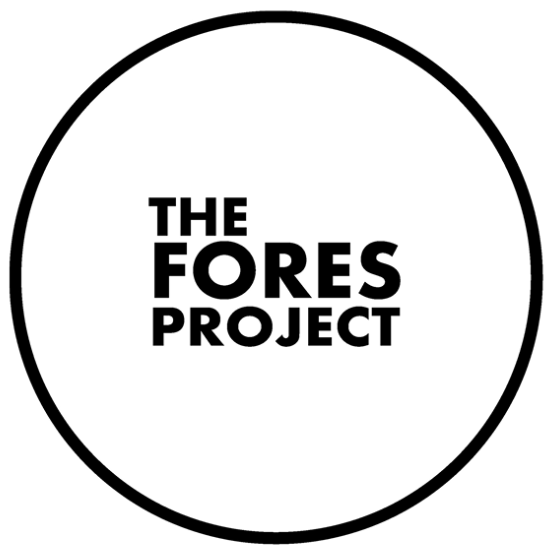THOMAS BILS
Thomas Bils paintings leave you with an uncomfortable sensation; the kind that stands the hair up on the back of your neck without entirely knowing why. It’s human nature to fear what you can’t see. We have a knee-jerk response to ‘wrongness’ that has persevered from the caveman to now. An unfamiliar shadow in the middle of the night leaves us lurching for the lamp, only to reveal a dressing-grown innocently hanging on the back of the door. In the moment before this transformation, we lay frozen in bed, mind whirring, not with any specific monster but with the unknown. We’re terrified of the unknown, even when rationally it’s not a threat. In the end, we always give in to the need to see. There’s a moment just as the lights come on, where the wrongness lingers, and we consider the humble dressing gown with fear. There’s humour in these moments, where we recognise our own ‘silliness’ in the face of the lamplight. Still, fear has a way of sticking and it hums around the bedroom. The residual anxiety has us scanning for explanations the room won’t give us.
Thomas Bils paintings suspend us in a similar space, between the unknown and the known. There’s an eeriness to the intensity with which they’re painted. The fastidiousness of Bils’ mark-making is in contention with the banal scenes they depict. The scenes are familiar - a traffic jam, a missed delivery – yet uncomfortable. The cropped compositions cut the viewer out of something. They show everything but the lingering unknown.
Humour cuts through the tension in the works, in the smiley faces painted on traffic cones or the absurdity of a box of phallic-looking fireworks boasting ‘the big cheese’. But the anxiety lingers, the thin smile on the traffic cone can’t entirely distract you from the bottomless hole in the road or the ‘big cheese’ from the looming shadow. There’s the sensation of stumbling across something after the act. Bils doesn’t capture the action – the fireworks are used and discarded – he leaves us between discovery and aftermath.
There’s a subtlety to the Americana in Bils works, the style of truck, the distinct drop of the curb on the sidewalk, that makes them unplaceable in time. In Title, 2024 an ordinary green apartment door is plastered with three ‘sorry we missed you’ notes. There are plenty of reasonable explanations for three missed deliveries. But there’s something about the framing of the door and the focus on the notes that feels inexplicably sinister. Bils paintings make the ordinary feel uneasy, like Chekhov’s Gun, lying in plain sight, only to go off in the final act.
















